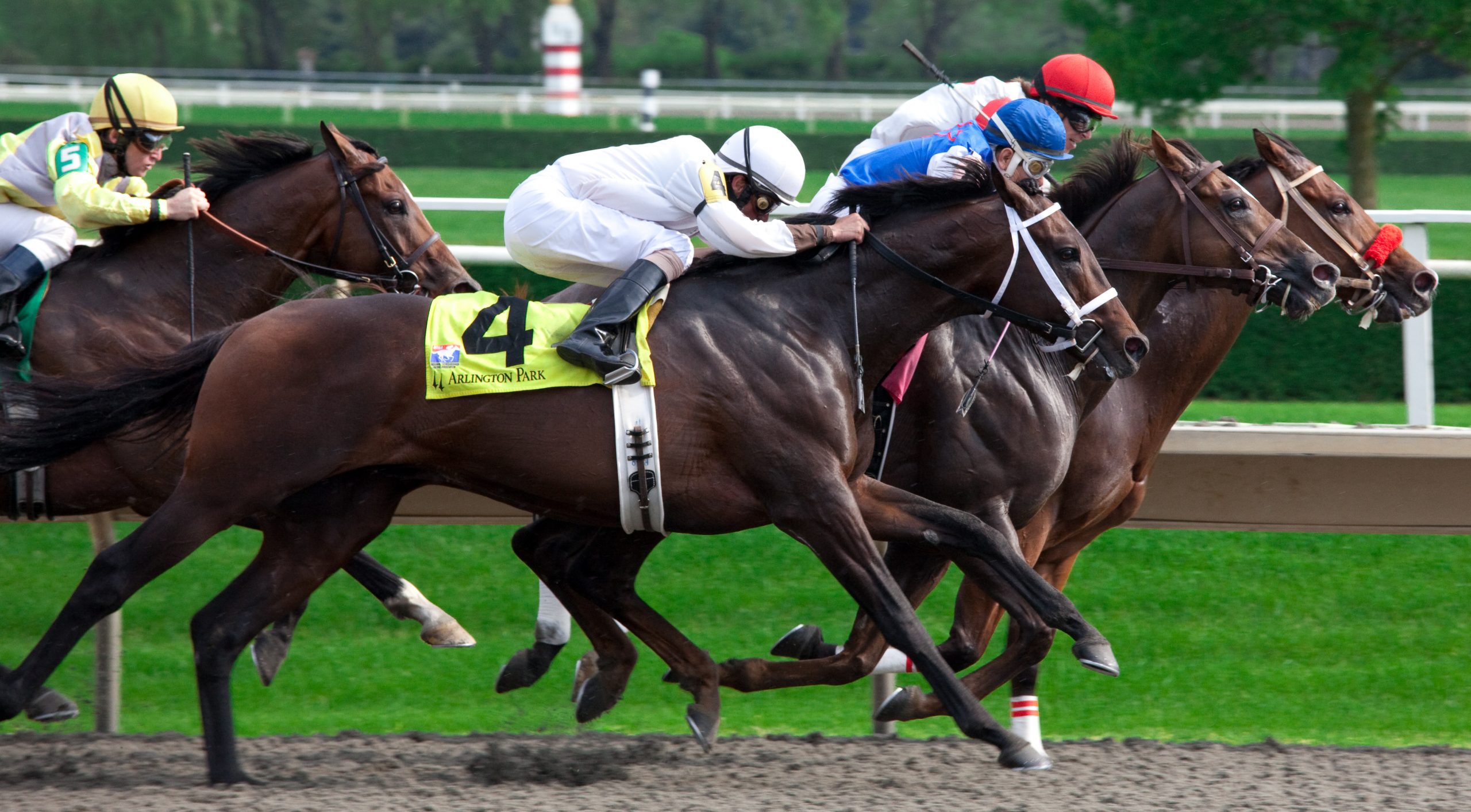Many sports are dangerous and carry with them the risk of injury or death. Despite this fact, people are willing to put themselves through harm.
Recently, Scottish boxer Mike Towell died after being knocked out by Dale Evans. The Welshman felt a sense of guilt for Towell’s death and admitted that he “was questioning why I boxed and wondered whether I was going to carry on”. The untimely passing of Towell would surely make some want to consider whether it is really worth enduring countless heavy blows in boxing for the possibility of glory at the end. Some have attributed the late Muhammad Ali’s Parkinson’s disease to his sensational career in the boxing ring.
Meanwhile, another sport that has a hazardous reputation is horseracing. Jockey Henry Brooke has just come out of a coma. Lucy Higginson, editor of Horse and Hound magazine, conceded in 2009 that horseracing is indeed one of the most dangerous sports: “There have been quite a few fatalities in Britain over the years. Most people accept riding is a risk sport. The reward and the thrills more than make up for it.” Perhaps it is this ‘thrill’ that appeals to people opting to play Russian roulette with their own survival in such sports. Or maybe people who engage in sports that are deemed to be dangerous simply feel it will not happen to them. A Guardian article on young boxers weighed up the risks of serious injury, and was titled: ‘For amateurs it’s no riskier than football’, deeming the danger to be relatively low.
The risk for Formula 1’s most decorated driver, Michael Schumacher, also turned out to be small after almost two decades whizzing around race tracks. Instead, his near-fatal accident occurred while skiing. Yet one of the criticisms of Formula 1 nowadays is that it is just not exciting enough because the sport is too safe. Former F1 racer Anthony Davidson told The Guardian: “It’s what makes people follow the sport in quite a gruesome way – it’s the danger, racing drivers should be heroes.” It is that fight or flight mode – the essence of early man’s day to day perils – still engrained in the modern human’s psyche.
Hence it is of little surprise why the website insidermonkey.com named an ‘adrenaline junkie’ hobby as the most dangerous sport of which one can partake: base jumping. Many are still attracted to this reckless activity. According to the website, the probability of death in base jumping make sports such as skiing, Formula 1 or boxing seem relatively benign. Even horseracing pales in comparison to base jumping’s frightening statistic of one death in 2,317 jumps, while an injury is incurred every 254 jumps. Those numbers are enough to keep all but the most valiant away. Perhaps, then, the solution is to ban dangerous sports? Such a plan would not be a good idea as all sports contain a degree of risk and it would be wrong to prohibit people from pursuing their own interests. It would be impossible to draw the line.
Earlier this year, former Olympic champion Greg Rutherford suffered a whiplash injury, with a 25 per cent chance he could become deaf in his left ear. His sport: the long jump. British athlete, Rutherford, felt that new rules to the long jump had not allowed him enough recovery time.
Therefore, it is important that everything is done to ensure the safety of those competing in all sports. Inroads have already been made in rugby to prevent brain injuries which occur as a result of concussion. Coaches and referees are now required to have a good understanding of such injuries.
This initiative was spearheaded by BokSmart, which aims to safeguard the well-being of elite rugby players. Of course, no matter what is done, it is impossible to create a utopian society where everybody is free from pain, but steps can be taken to stop catastrophes from happening.
Image courtesy of Paul Kehrer

